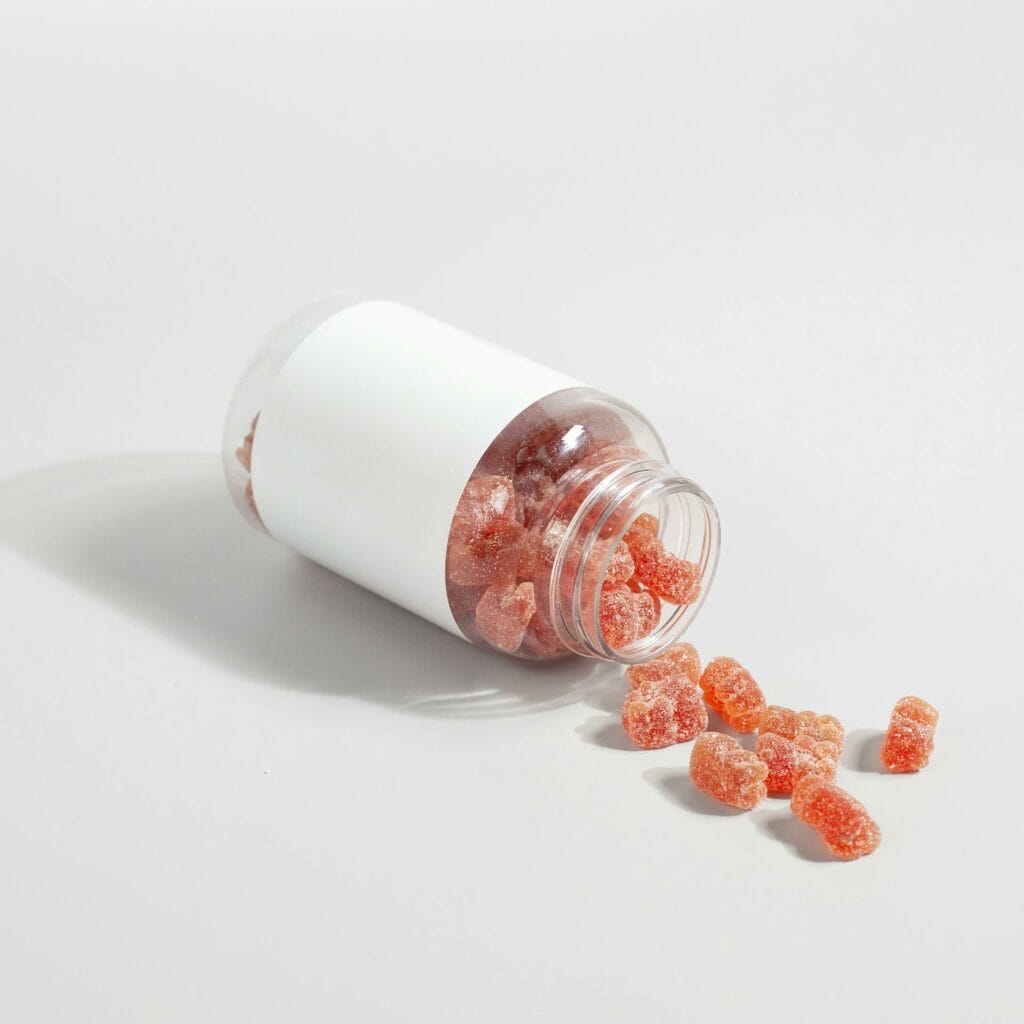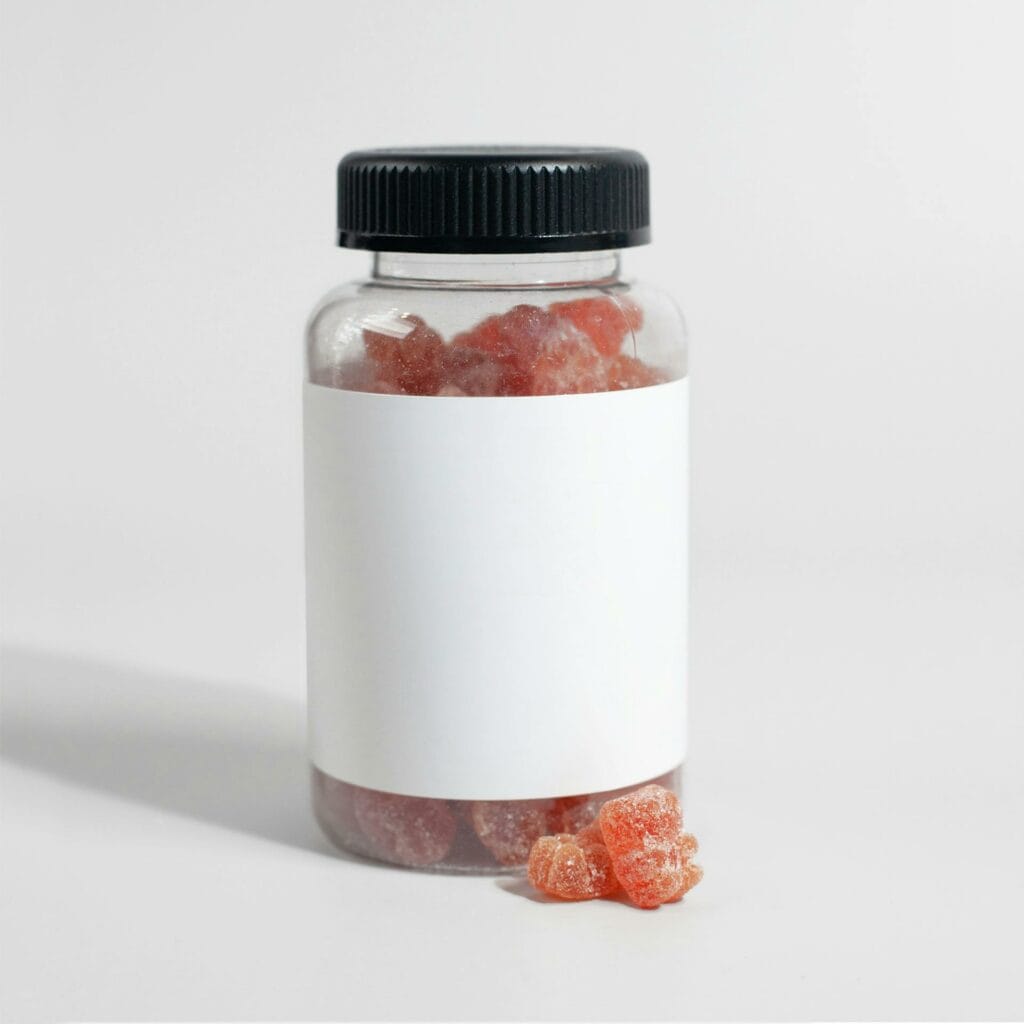Microdosing has garnered increasing attention in Western societies over the past years. What was once considered a forbidden subject is now openly discussed in mainstream media platforms such as news articles, documentaries, books, movies, and television shows. This shift in discourse has prompted a deeper exploration into the benefits of microdosing for enhancing well-being, cognition, mood, and interpersonal processes.
Scientists are keen to unravel the mysteries behind the phenomena of individuals experiencing effects from edibles online for microdosing. They aim to validate the authenticity of anecdotal reports people share and comprehend the underlying factors contributing to such experiences.
Table of Contents

What is Microdosing?
Microdosing, a relatively recent trend, involves consuming minute quantities of popular psychedelic hallucinogens or other substances. It refers to ingesting such substances in doses so small that they do not induce a full-blown “trip” or the vivid hallucinations associated with them.
A microdose constitutes 1% of the active dose of the substance. Sometimes, the term “microdosing” is loosely used, referring to a fraction of what would be considered a standard dose without specifying a precise numerical value.
Anecdotal reports suggest that individuals incorporate microdosing into their routine with varying durations and schedules among individuals.
Most Common Substances for Microdosing
Psilocybin and LSD have commonly utilized substances in observational and retrospective research concerning microdosing. Microdosing is frequently practiced several times a week, with users adopting various patterns of alternating days. While one study compared microdosing frequency among LSD and psilocybin users and found similar usage patterns, it did not delve into differences in relative dosage.
There are various options available for microdosing, with edibles emerging as a tasty and interesting choice to complement the shroom experience.
Why People Choose to Microdose
There are a multitude of reasons behind microdosing, from mitigating anxiety and depression to enhancing overall well-being and cognitive abilities. While some individuals seek to improve physical health, others desire to foster empathy, spirituality, or curiosity.
Regular users of low-dose psilocybin suggest a decrease in stress levels, mood enhancement, and relief from symptoms of depression, post-traumatic stress disorder, and obsessive-compulsive disorder.
What Scientists Discovered
Joseph Rootman, the lead author and a UBCO doctoral student, along with his colleagues, explores the impact of microdosing on mental health issues (1). Their study reveals a significant reduction in depression, anxiety, and stress levels among microdosers, irrespective of gender.
Notably, the pursuit of health and wellness emerges as the predominant motive behind microdosing, especially among women and individuals facing mental health challenges. The researchers also unearthed a fascinating trend in “stacking” practices, where over fifty percent of microdosers combine their substances with complementary elements such as Lion’s Mane mushrooms or chocolate.
Participants with mental health issues tended to attribute their microdosing motives to mental well-being concerns. Those without such challenges emphasized motivations centred around enhancing cognitive functions and nurturing creativity.
Psychedelics primarily affect serotonin, a key chemical messenger facilitating nerve cell communication. Serotonin’s role is far-reaching and intricate. It does not only influence mood but also cognition, sleep, appetite, temperature regulation, memory, and physiological functions such as vomiting.
Given serotonin’s pervasive significance, serotonin 2A receptors are present across the central nervous system. These receptors serve as sites for chemical interaction, stimulating or inhibiting serotonin pathways. While the precise workings remain elusive, these receptors may be the focal points of psychedelics’ action. One theory is that when these substances bind to serotonin 2A receptors, the brain’s cortex undergoes heightened activity.
Some research indicates psychedelics may bolster neuroplasticity, which fosters the formation of new neuronal connections and elucidates the profound psychological phenomena associated with these substances. Microdosing operates on similar principles.
Choosing Edibles for Microdosing
Although most individuals choose capsules for microdosing, a few seek to infuse their experience with a dash of flavour. Canada edibles encompass the active compound psilocybin, which undergoes conversion to psilocin to trigger the desired effects.
Edibles Canada offers a range of potencies and makes dose management straightforward. Manufacturers include clear dosage instructions on the packaging to facilitate easy consumption, whether opting for a high or low dose.
Shroom edibles present an alternative option to traditional dried mushrooms. Advocates praise their enhanced flavour profile and purportedly extended duration of effects.
What are the similarities and differences with cannabis edibles?
Cannabis or ganja edibles feature the presence of THC, CBD, or both compounds. Comparable to shroom edible, this cannabis-infused food contains clear, precise dosages. It provides an option for individuals seeking alternative cannabis products to smoking and for those desiring extended relief, as they must navigate through the digestive system for absorption.
Shrooms and cannabis products also share some similarities in terms of their potential benefits. Despite their distinct psychoactive effects, both substances have shown promise in addressing various mental health conditions.
What sets it apart is the diverse range of options offered by marijuana edibles. Beyond THC gummies and chocolate bars, cannabis-infused treats extend to baked goods (brownies), hard candies, and more. These edibles come in various cannabinoid compositions, which cater to different preferences with options like THC edibles, CBD edibles, and beyond. Shroom edibles are limited to chocolate and gummies, and the selection only extends to dosage and flavour.
Scheduling Your Microdose
A microdose schedule entails a predetermined routine for administering small, functional amounts of psychedelics. For instance, one might consume a dose on Monday, followed by a two-day hiatus, then another dose on Thursday, and so forth. Such schedules facilitate the tracking of functional alterations over time and aid in the development of shroom tolerance that renders it ineffective after minimal usage.
Opinions vary regarding the optimal schedule to adopt, yet two prominent suggestions, named in honour of their respective innovators, cater to newcomers: the “Stamets stack” and the “Fadiman protocol.”
- Stamets suggests a microdosing regimen for four consecutive days, followed by three days off.
- Fadiman proposes a different approach, advocating microdosing every third day.
Microdosers exhibit varied preferences; some adhere to a single method, while others enjoy experimenting with different schedules. Finding a microdosing routine that seamlessly integrates into your lifestyle and addresses your individual needs is essential.

Buy Edibles Online in Canada | Explore the Best Edibles
| PRODUCT | DOSAGE of PSILOCYBIN | FLAVOUR |
| Wonder Psilocybin Chocolate Bar | 1 gram | Blood OrangeDark ChocolateHazelnutMilk ChocolateS’mores |
| Wonder Psilocybin Gummies | 3 grams | Watermelon |
Finding Edibles Online
GrassLife is an online dispensary specializing in cannabis products, but what might catch you off guard is our additional offering tailored to psychedelics enthusiasts. Our inventory boasts a diverse array of psilocybin edibles, ideal for those interested in exploring microdosing.
Feel free to check our selection and add your chosen items to your cart. Once you place your order, we will promptly review it and arrange a swift shipment to your doorstep.
Frequently Asked Questions
How does it feel when you microdose edible shrooms?
Visual distortions like patterning or trails aren’t part of the microdose experience. It’s more about subtly enhancing the senses, often resulting in a heightened sense of presence during everyday activities for many individuals.
How long should I wait between microdoses?
Taking psychedelics, even in small doses, consecutively every day may lead to building tolerance. This means the body becomes less responsive to the substance with frequent use. Tryptamines, for instance, quickly build tolerance but also dissipate it swiftly with abstinence.
Microdosing can contribute to the development of tolerance, even at a slower pace. For instance, LSD required only 3–4 days of placebo to regain its effectiveness after three consecutive days of approximately 100 μg per day.
In essence, the duration required for tolerance to reset correlates with the dosage of psychedelics consumed.
Who cannot microdose with shroom edibles?
Some individuals with underlying mental health conditions might opt out of microdosing. Those with anxiety disorders may observe exacerbation in anxiety levels and traits like neuroticism with this practice. Likewise, those with a background of psychotic disorders such as bipolar disorder or schizophrenia might choose to steer clear of microdosing, as it could potentially heighten stimulation levels beyond their comfort zone.
How will I know that microdosing is working for me?
Even though you don’t notice any drastic effects from microdosing, it’s wise to reserve the day from social engagements. This allows for a clearer self-reflection throughout the experience and minimizes external pressures that may skew your mindset.
Optimizing your journey with microdosing psilocybin involves the simple practice of journaling. Record the cycle day and document any short—or long-term shifts you discern. This will give you an idea of whether you are experiencing the benefits of microdosing and help you manage your dosage and schedule.
What is stacking in microdosing?
Mushroom stacking involves blending various non-psychoactive or medicinal mushrooms or nootropics with psilocybin microdoses. This intentional fusion aims to enrich and diversify the effects experienced.
The synergy of psilocybin and other medicinal mushrooms like Lion’s Mane fosters brain cell growth.
Nootropics play a significant role, whether utilized independently or as part of a microdosing regimen and often referred to as “smart drugs,” nootropics influence cognitive abilities. Common examples like caffeine, ginseng, L-theanine, and creatine are natural options. At the same time, synthetic substances like oxiracetam and piracetam, members of the racetam family, can also boost memory and cognitive function.
Related Articles:



